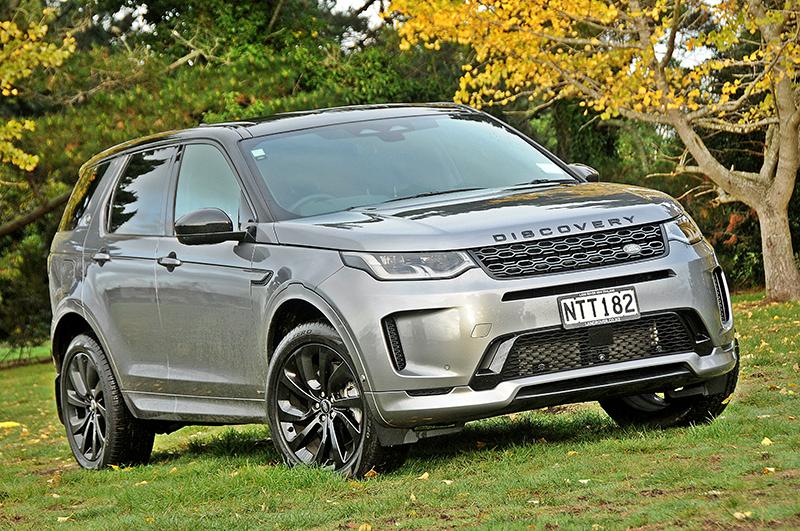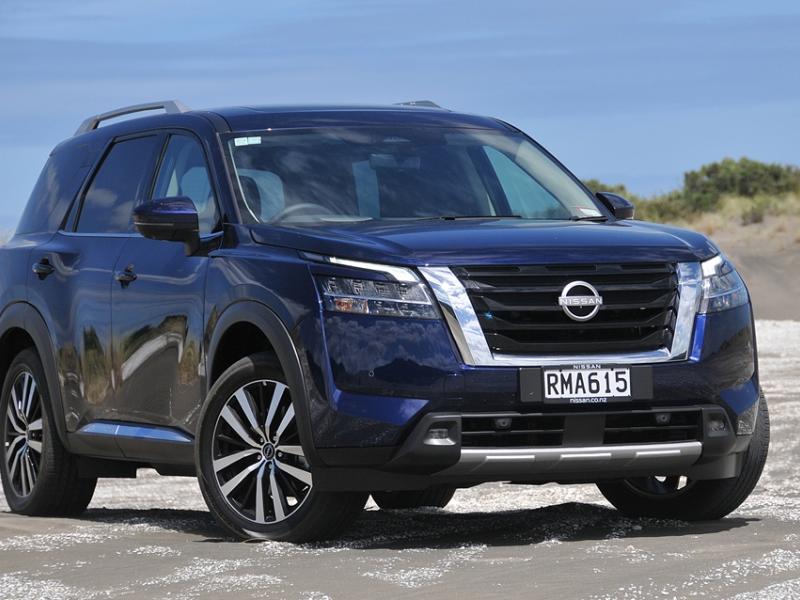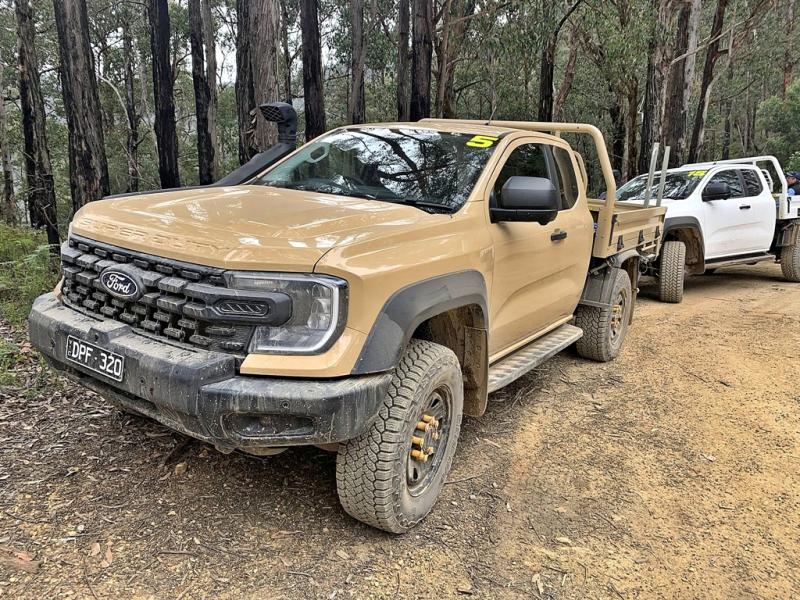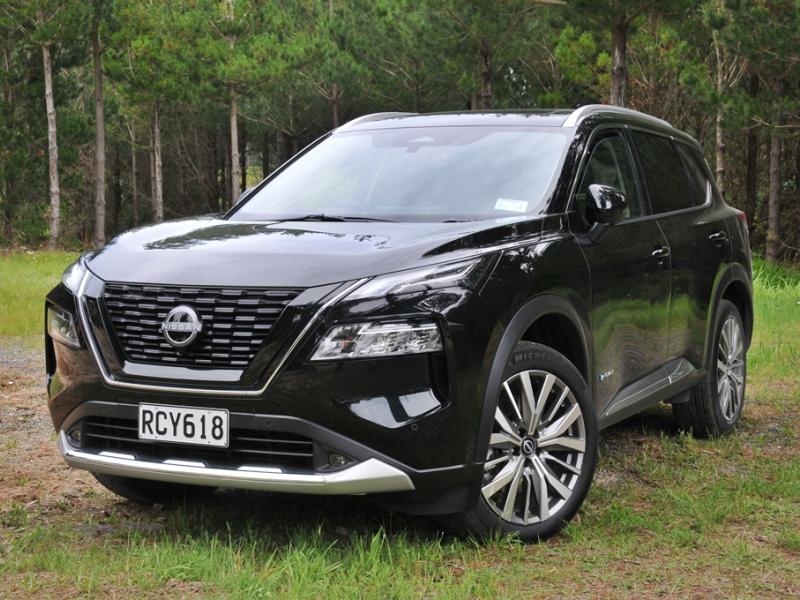Land Rover’s Discovery started as a much-needed ‘bridge’ model between the prosaic pre-Defender ‘Landies’ and the ‘off road car’ we now know and love as the old-time classic Range Rover.
The original was a blend of both design and engineering briefs. Still a vehicle capable of running hard in the mud bogs and forest tracks, yet also bringing some ride refinement to the world of 4WDing.
Importantly, it used coil springs and Range Rover style suspension and drew on the drivetrain engineering of the ‘Rangie’ to create a vehicle owners could happily drive long distances in.
Through further versions the Discovery grew bigger, added a diesel version, and even a semi-sophisticated active suspension set-up. Then the range expanded to include the Sport, which stands alongside the Big Daddy as a ‘streetable’ slightly smaller version.
This is an urban and urbane 4WD, layered with technology and trimmed for luxury motoring. It is endowed with all-wheel drive grip, a clever electronic transmission management system and off-road tech features inherited from the more expensive models in the British brand’s line-up.
Land Rover describes the Sport as a ‘compact SUV’. For New Zealand drivers we’d say it’s actually a ‘right-sized’ SUV for road and dirt.
A chance to try the current Discovery Sport was always going to be accepted.
So how was it? A Land Rover isn’t a Land Rover without some legitimate off-road capability, and the Discovery Sport P250 R-Dynamic delivers. It’ll climb hills and ford rivers with greater confidence than high-priced rivals like BMW’s X3. At the upper end of the price spectrum we’d also suggest it would out-motor the Porsche Macan and Mercedes GLC. Not that we’ve driven the latter, but they are a tad ‘Remuera’ aren’t they?
Could a Discovery called Sport even have dared to abandon the brand’s legendary prowess off the tarmac? Not on your nelly.
We discovered tracks to challenge the Sport in south Auckland by visiting some of the big farms that are still growing food for Auckland and beyond. In the fertile volcanic clay soils of Pukekohe and Waiuku, grip is never guaranteed. June’s heavy rains turn the tracks and backroads into slimy reddish brown mudfests. The surface is most reminiscent of moly-grease. Even sealed roads are treacherous, with tractors dragging slimy soils out onto the surface. Just the place to make the most of an intelligent all-wheel drive transmission.
Riding on double-five-spoke black 20-inch alloys and Pirelli Scorpion tyres, the Sport might have been excused for parking itself in the nearest drainage ditch on a surface like this. Truth time: the tyres did become ‘slicks’ pretty quickly, but the vehicle’s forward momentum barely faltered. Happy days for us and for the baby potatoes we motored past.
Under the bonnet, the Discovery Sport has a turbocharged four-cylinder engine that makes 184kW (246bhp) and 365Nm of torque. It feeds a nine-speed automatic transmission and that all-wheel drive. There is no low range, nor a transfer case, but there is a host of electronic trail-rated tech equipment that helps the Sport glide over bumpy terrain, slimy spud tracks and paddock-side plough-clumps.
It has a respectable 212mm of ground clearance and will wade through as much as 600mm (23.6 inches) of water.
Inside, the Sport models come with a 10.0-inch infotainment touchscreen featuring Land Rover’s advanced Pivi Pro3 interface. The four foundation pillars of driver assists are the ‘Clearsight’ video rear view mirror, which is similar to the one used by Nissan on the similarly priced Patrol; a very clear heads-up display, wireless device charging and in-dash navigation. There’s a six speaker 180W sound system and the whole package is Apple Car Play and Android Auto compatible.
As anyone buying an SUV priced at almost $100,000 would expect, the leather seats are superb, the driver’s is 12-way adjustable and the fronts are heated. Even in an Auckland winter – hardly a winter at all, just a wet season – the latter feature is appreciated.
Safety: as expected these days, the Discovery has a five-star ANCAP rating. It has dual front, side-chest and side head airbags and a driver’s knee airbag is standard. Electronic brake distribution (EBD), emergency brake assist (EBA) and a speed assist system are standard along with several other advanced safety features including autonomous emergency braking (AEB) – the latter is now essential if a 4WD is to get that five star safety rating. Advanced seat belt reminders are fitted to all seats.







